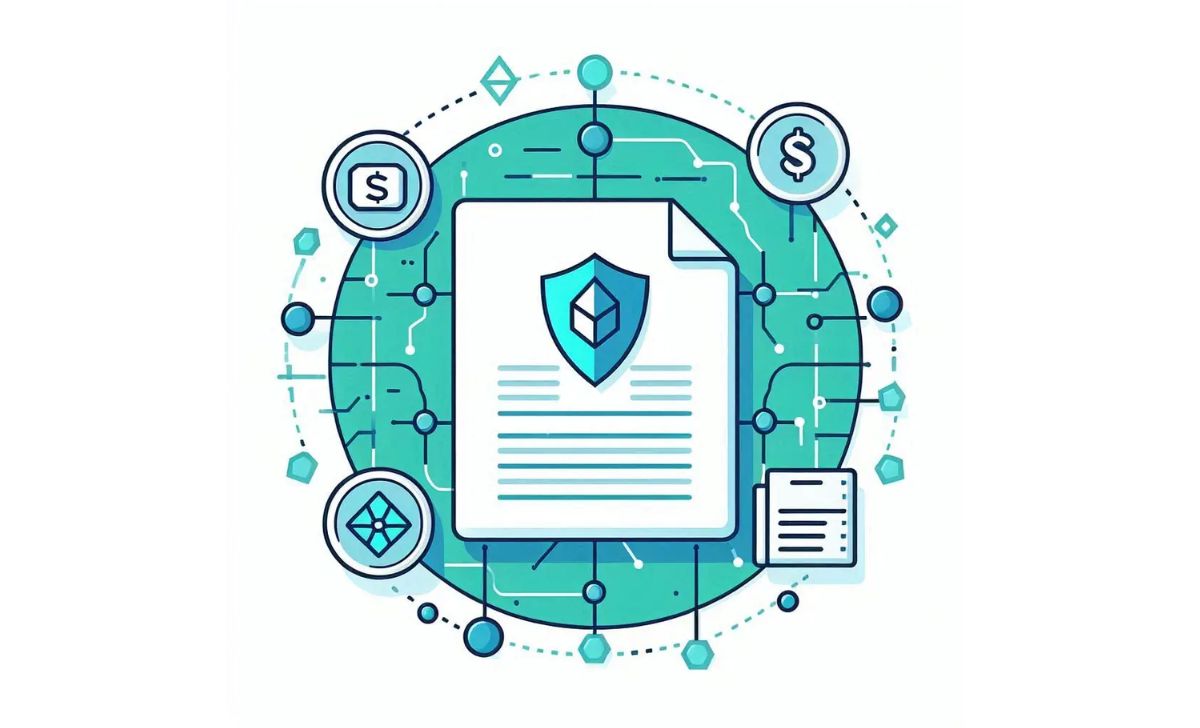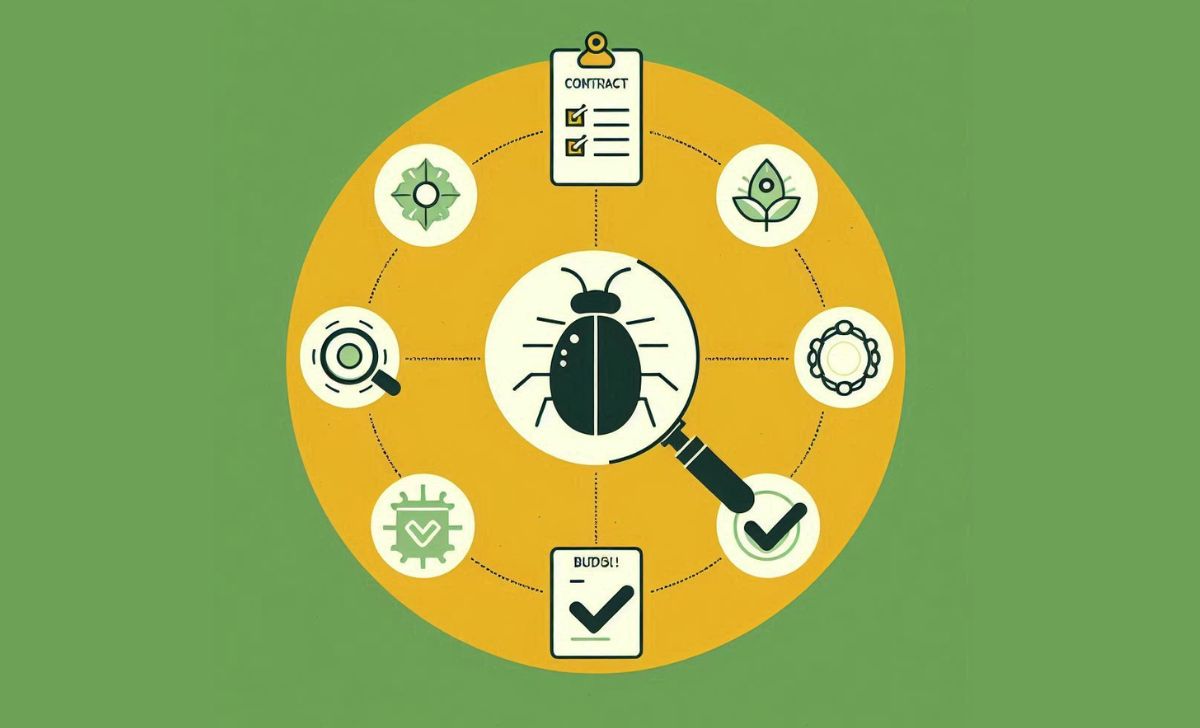Solidity Smart Contract Audit is an in-depth security assessment process for smart contracts written in the Solidity language, designed to identify vulnerabilities, optimize performance, and ensure safety before deployment on the blockchain. The audit process includes documentation review, both automated and manual testing, and the use of specialized tools such as Slither, MythX, SmartCheck, Oyente, Manticore, and Echidna to detect logic errors, security issues, performance bottlenecks, and to classify the severity of each problem.
The audit report provides a detailed summary of findings, risk assessments, remediation recommendations, and guidance for code optimization. If you want to understand the Solidity audit process, popular tools, and how to interpret a professional audit report, be sure to check out the in-depth analysis from TOPCOIN9 below.
Introduction to Solidity Smart Contract Audit

A Solidity smart contract audit is a security review of Ethereum-based contract code to detect vulnerabilities, logic errors, and compliance issues before deployment (Wikipedia, 2016; Binance Academy, 2023; AuditOne, 2025).
This process is crucial because even minor bugs can cause major financial losses or exploits (AuditOne, 2025; Hacken, 2023). Comprehensive audits using both automated and manual checks strengthen security and build trust for any Solidity project (Binance Academy, 2023; Hacken, 2023).
Now that you have a basic understanding of Solidity smart contract audits, let’s take a closer look at the typical audit process for these contracts.
Audit Process for Solidity Smart Contracts

The audit process for Solidity smart contracts is a systematic review that combines automated tools and manual analysis to identify vulnerabilities, logic errors, and compliance issues before deployment (Chainlink, 2024; Cyfrin, 2024; Hacken, 2023).
- Collect Documentation: Auditors begin by gathering technical documents, codebase, whitepaper, and architecture details to define the audit’s scope and objectives (Chainlink, 2024; OpenZeppelin, 2024).
- Automated Testing: Tools perform static analysis, unit and integration tests, and simulate attacks to detect common vulnerabilities and inefficient code (Chainlink, 2024; Cyfrin, 2024).
- Manual Review: Security experts conduct line-by-line code reviews, focusing on business logic, access controls, and resilience against known attack vectors (Hacken, 2023; Hashlock, 2025).
- Vulnerability Classification: Identified issues are categorized by severity—critical, major, medium, minor, or informational based on their potential impact (Chainlink, 2024).
- Initial Report: Auditors deliver a preliminary report detailing vulnerabilities and recommendations for remediation (Cyfrin, 2024; OpenZeppelin, 2024).
- Remediation & Re-audit: The project team addresses the findings, after which auditors re-examine the code to confirm fixes and improvements (Chainlink, 2024; Hacken, 2023).
- Final Report: A comprehensive audit report is issued, summarizing all findings, fixes, and best practice recommendations, often made public to build trust (OpenZeppelin, 2024; Hacken, 2023).
This thorough process ensures Solidity smart contracts are secure, reliable, and ready for deployment on the blockchain (Chainlink, 2024; Cyfrin, 2024; Hacken, 2023).
After exploring the steps involved in the audit process, it’s important to consider the essential tools that support effective Solidity smart contract auditing.
Tools for Solidity Smart Contract Audit

A robust Solidity smart contract audit relies on a combination of static analysis, fuzz testing, formal verification, and coverage tools to detect vulnerabilities and ensure code reliability (H-X Technologies, 2025; Cyfrin, 2025; Synodus, 2024).
- Slither: A leading static analysis tool for Solidity, Slither detects a wide range of vulnerabilities, offers fast execution, and integrates with CI pipelines for continuous security checks (Synodus, 2024; 101 Blockchains, 2025).
- Mythril: Provides dynamic analysis and symbolic execution to uncover complex security issues, supporting integration with development environments like Truffle and Remix (H-X Technologies, 2025; 101 Blockchains, 2025).
- Echidna: A property-based fuzzing tool that tests smart contracts against user-defined properties, helping to identify edge-case bugs and improve code coverage (H-X Technologies, 2025; Cyfrin, 2025).
- Aderyn: A Rust-based static analyzer allowing custom vulnerability detectors and fast CLI interaction, ideal for projects with high-security requirements (H-X Technologies, 2025).
- Securify2: Developed with support from the Ethereum Foundation, Securify2 automates security analysis and validates contracts for compliance and safety (Synodus, 2024).
- Diligence Fuzzing: A cloud-based fuzzing service by ConsenSys, Diligence Fuzzing integrates with Foundry and Scribble for bytecode-level vulnerability detection (H-X Technologies, 2025; Cyfrin, 2025).
- Solidity-Coverage: Measures unit test coverage for Solidity contracts, ensuring all code paths are tested and highlighting untested areas (Synodus, 2024).
- Truffle & Hardhat: Popular development frameworks offering built-in testing, deployment, and plugin ecosystems for automated and manual security checks (H-X Technologies, 2025; 101 Blockchains, 2025).
Using a diverse set of tools increases the likelihood of detecting critical vulnerabilities and strengthens the overall security of Solidity smart contracts (H-X Technologies, 2025; Cyfrin, 2025; Synodus, 2024).
In addition, wallet tracker solutions are increasingly used by security teams and developers to monitor contract interactions, trace suspicious transactions, and provide real-time alerts for unusual wallet activity, further enhancing the audit process and ongoing security monitoring.
With these tools in mind, let’s move on to audit reporting and best practices to ensure comprehensive and actionable security assessments.
Audit Reporting and Best Practices

A comprehensive audit report is essential for smart contract security, transparency, and stakeholder trust, detailing the audit scope, findings, severity, and remediation steps (AuditOne, 2025; LinkedIn, 2025; Veritas Protocol, 2025).
- Clear Documentation: Effective reports begin with thorough documentation and comments, explaining contract functionality and logic to simplify the audit process and future code reviews (AuditOne, 2025).
- Structured Report Sections: Key sections include an introduction to the audit, project description, scope of contracts audited, executive summary, severity definitions, and detailed findings with recommendations (AuditOne, 2025; LinkedIn, 2025).
- Severity Classification: Issues are categorized by impact critical, major, minor to help prioritize fixes and communicate risks clearly (LinkedIn, 2025).
- Remediation and Follow-Up: Reports should document which issues have been resolved, which remain, and provide actionable recommendations. A follow-up audit or public statement on resolutions builds further confidence (AuditOne, 2025; LinkedIn, 2025).
- Transparency and Publication: Final audit reports are often made public or shared with stakeholders, promoting trust and enabling informed decision-making (AuditOne, 2025; LinkedIn, 2025).
- Best Practices: Maintain up-to-date documentation, verify code consistency with deployed contracts, and conduct regular audits especially after major updates. Leverage independent third-party reviews and bug bounty programs for ongoing security (Veritas Protocol, 2025; LinkedIn, 2025).
By following structured reporting and best practices, projects can significantly reduce security risks and foster long-term confidence in their smart contracts (AuditOne, 2025; Veritas Protocol, 2025).
A thorough Solidity smart contract audit is essential to protect projects from costly vulnerabilities, boost user confidence, and ensure long-term success in the blockchain space. By following a structured process and leveraging the right tools, teams can minimize risks and deliver secure, reliable smart contracts. For more expert insights and the latest updates on blockchain security, follow TOPCOIN9.

As a certified blockchain security expert with over 8 years in cybersecurity, James Anderson specializes in auditing smart contracts and identifying vulnerabilities in DeFi protocols. His expertise ensures that TopCoin9 delivers reliable insights on blockchain security and risk management.
Email: [email protected]












